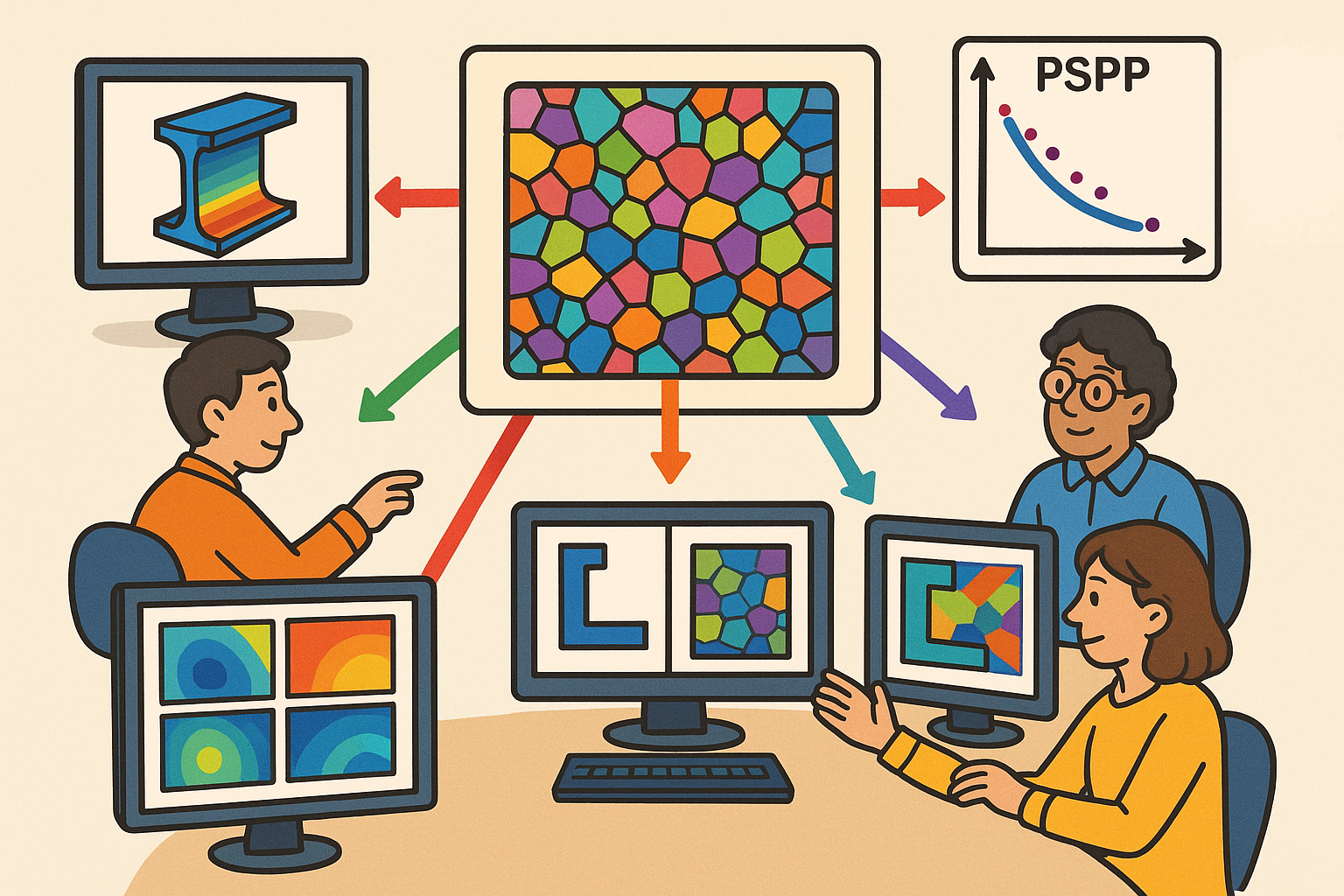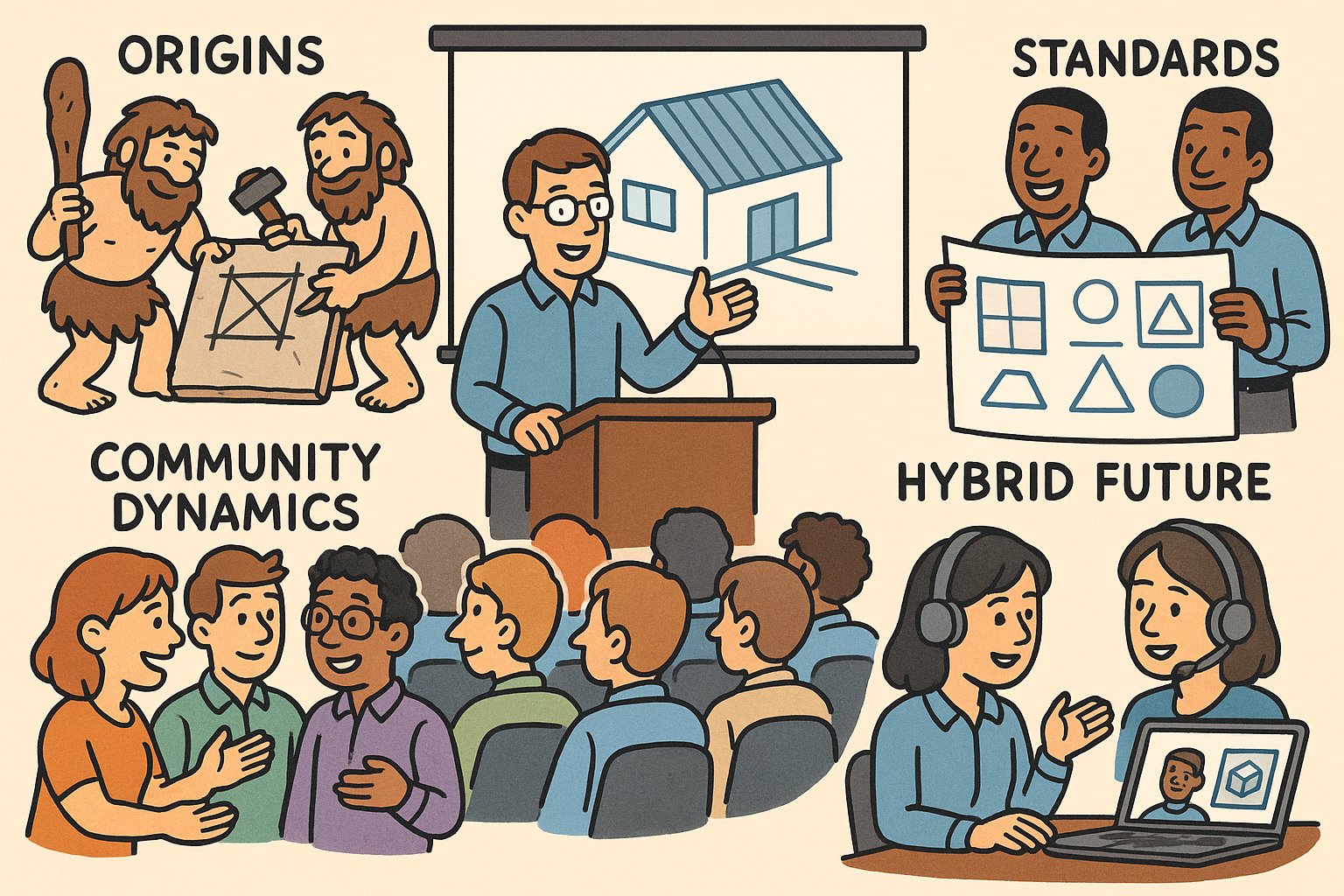Your Cart is Empty
Customer Testimonials
-
"Great customer service. The folks at Novedge were super helpful in navigating a somewhat complicated order including software upgrades and serial numbers in various stages of inactivity. They were friendly and helpful throughout the process.."
Ruben Ruckmark
"Quick & very helpful. We have been using Novedge for years and are very happy with their quick service when we need to make a purchase and excellent support resolving any issues."
Will Woodson
"Scott is the best. He reminds me about subscriptions dates, guides me in the correct direction for updates. He always responds promptly to me. He is literally the reason I continue to work with Novedge and will do so in the future."
Edward Mchugh
"Calvin Lok is “the man”. After my purchase of Sketchup 2021, he called me and provided step-by-step instructions to ease me through difficulties I was having with the setup of my new software."
Mike Borzage
Rhino 3D Tip: Elefront: Attribute-Driven Naming and Scalable Bake Workflows
November 24, 2025 2 min read

Elefront supercharges Grasshopper by making object attributes first-class citizens. Use it to name, layer, tag, and update geometry at scale—without manual baking.
Quick setup:
- Install via Rhino’s PackageManager (type “PackageManager” and search “Elefront”).
- Restart Rhino/Grasshopper after install; keep versions of Rhino, Grasshopper, and Elefront aligned.
- For Rhino licensing and pro add-ons, explore NOVEDGE and their Rhino catalog: search Rhino at NOVEDGE.
Core workflow pattern:
- Reference: Use Elefront’s “Reference by Layer/Name” (or a pipeline) to pull Rhino geometry into Grasshopper without duplicating it.
- Attributes: Build a clean attribute schema with keys like PartNumber, Material, Finish, Thickness, Process, and Revision. Use Elefront “Create Attributes” to assemble key–value pairs, plus Layer, Color, Linetype, and PrintWidth.
- Deterministic names: Generate a unique Bake Name (e.g., BRKT_A_001_R02) to enable reliable replace/updates.
- Bake: Use “Bake” with Name + Overwrite/Replace to update existing objects instead of creating duplicates. Direct output to structured layers (e.g., 03_Fab/Aluminum/3mm) to auto-create and keep hierarchy clean.
- Blocks: With “Create Block Definition” + “Place Block,” push parametric assemblies to Blocks that carry attributes to instances. Re-bake to update all placements.
- Read-back: “Deconstruct Attributes” lets you query geometry in Rhino and retrieve metadata for QA, schedules, or export.
Best practices for robust, data-rich models:
- Attribute hygiene: Use consistent, lowercase or camelCase keys (no spaces). Standardize values (e.g., “Al6061-T6” vs “6061”).
- Naming: Encode intent in Bake Names—include type, ID, and revision for traceability.
- Data Trees: Align tree structure with your geometry lists before baking. Use Graft/Simplify/Trim Tree to keep per-part attributes synced.
- Worksessions: Bake heavy outputs into an external 3DM and reference it into a master file. This keeps the main model light and collaboration-friendly.
- Performance: Disable solver while editing attributes, turn off previews for heavy components, and bake in batches. Avoid baking on every slider move.
- QA checks: In Rhino, verify User Text via Properties. Use SelName/SelLayer to find expected results. Run Check/Audit3dm periodically.
- Downstream: For BOMs, aggregate attribute tables in Grasshopper and export CSV with a lightweight script or a simple data export workflow.
Mini example:
- Reference sheet-metal profiles by layer.
- Generate bends/offsets in Grasshopper.
- Create Attributes: PartNumber=BRKT_A_001, Material=Al6061-T6, Finish=AnodizedBlack, Thickness=3.0mm, Revision=R02.
- Bake to 03_Fab/Aluminum/3mm with Name=BRKT_A_001_R02 and Replace=True.
- Place as Blocks for assemblies; re-bake to propagate changes.
Why Elefront for teams:
- Consistency: Everyone bakes to the same layers, names, and keys.
- Traceability: Attributes make BOMs, CAM prep, and QA auditable.
- Non-destructive: Update without manual cleanup or duplicate clutter.
Level up your Rhino + Grasshopper stack with reliable licensing, training, and ecosystem tools at NOVEDGE. For Rhino upgrades, plugins, and rendering add-ons that complement data-centric workflows, start here: NOVEDGE Rhino solutions.
You can find all the Rhino products on the NOVEDGE web site at this page.
Also in Design News

Multiscale Design Software: PSPP Integration and Microstructure-Aware Co-Optimization
November 24, 2025 16 min read
Read More
Design Software History: CAD User Conferences: Origins, Community Dynamics, Standards, and the Hybrid Future
November 24, 2025 13 min read
Read MoreSubscribe
Sign up to get the latest on sales, new releases and more …



